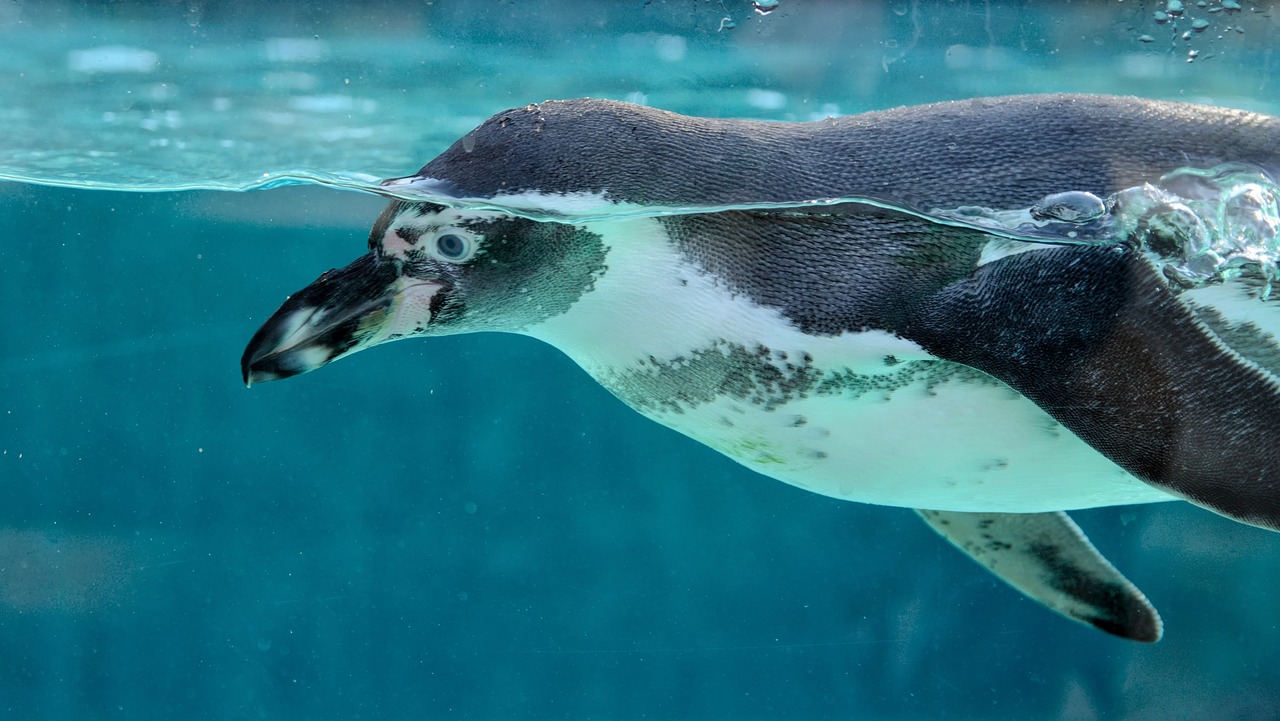
Pre-reading questions:
- Where do you think penguins usually live, and how have they adapted to their habitats?
- Have you heard or read anything about penguins facing challenges or changes in their environment? Why do you think it’s important to study and understand the habits and movements of penguins?
Vocabulary:
- breakthrough /BREYK-throo/
- satellite /SAT-l-ahyt /
- delicate /DEL-i-kit /
- movement /MOOV-muhnt /
- prompt /prompt/
[noun] – a significant development or discovery that represents a step forward
The scientist’s groundbreaking research on renewable energy was considered a major breakthrough in the field.
[noun] – an artificial body placed in orbit around the Earth or another planet to collect information or for communication
The weather forecast relies on data transmitted by satellites orbiting our planet.
[adjective ] – fragile and easily broken; requiring gentle handling
The delicate flower petals needed protection from the strong winds.
[noun] – the act of changing or shifting locations
The migration patterns of birds demonstrate their instinctual movement in search of suitable breeding grounds.
[verb] – to encourage or motivate someone to take action; to incite
The teacher’s inspiring words prompted the students to work harder on their projects.
Article reading:
Despite likely existing for a long time, these newly discovered colonies went unnoticed until recent observations. They are relatively small, with fewer than 1,000 breeding pairs each, and don’t significantly alter the current estimate of around 66 known emperor penguin colonies and fewer than 300,000 breeding pairs. These findings enhance scientists’ understanding of penguin movement in response to environmental changes. The connection between new and existing colonies remains unclear, highlighting the dynamic nature of breeding sites. Researchers suggest a warming world may prompt penguins to relocate, emphasizing the need for continued monitoring and conservation to protect these vulnerable species and their changing habitats.
Comprehension questions
- What was the main tool used by scientists to discover hidden groups of emperor penguins?
- Why are emperor penguins classified as “near threatened” with extinction?
- What does the movement of these penguins suggest about their behavior in response to environmental changes?
- How do the newly discovered penguin colonies affect the total count of known emperor penguin colonies and breeding pairs?
- What do researchers believe about the future movements of emperor penguins in response to global warming?
Discussion questions
- Have you ever encountered an animal species that was classified as endangered or vulnerable? If so, what was your experience? If not, can you think of a situation where unnoticed changes in the environment might impact a species?
- Have you ever considered the potential consequences of unnoticed environmental changes on wildlife habitats, similar to what is discussed in the article? If so, could you share an example of an unnoticed environmental change that you have considered and its potential impact on wildlife? If not, can you think of a specific ecosystem where unnoticed changes might have a significant effect on the animals living there?
- Do you agree with the researchers’ emphasis on the need for continued monitoring and conservation efforts for vulnerable species like emperor penguins?
- Considering the potential impact of climate change on animal habitats, what proactive measures do you think can be taken to address the vulnerabilities of species like emperor penguins?
- What role do humans play in either disrupting or preserving this delicate balance of the Antarctic ecosystem?